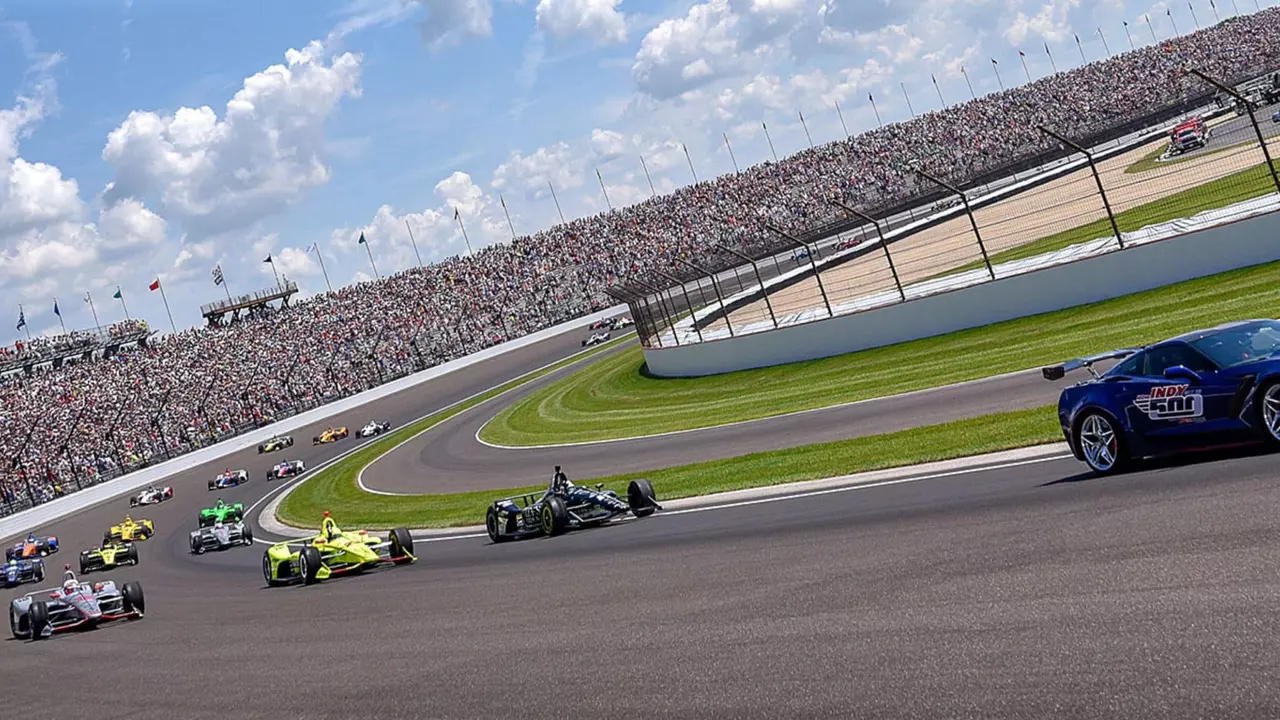Automotive Comparison: F1 vs NASCAR vs IndyCar Speed
Ever wonder which race car really flies down the track? Is it the sleek Formula 1 monster, the rugged NASCAR beast, or the versatile IndyCar? In this guide we’ll walk through the key numbers, what makes each car fast, and where they shine. You’ll get the basics without the jargon, so you can talk shop with friends or just satisfy your curiosity.
Top speeds on paper
Formula 1 cars are engineered for pure velocity. Their hybrid power units push them to about 230 mph on a straight, and the aerodynamic design lets them stay glued to the road in corners. IndyCars sit close behind, hitting roughly 235 mph on oval tracks where they can stretch out. NASCARs, built for endurance on stock‑car style ovals, max out near 200 mph. Those figures are the headline numbers you’ll see in official stats.
Why the numbers differ
Speed isn’t just about horsepower. F1 machines use lightweight carbon‑fiber chassis and advanced aerodynamics that slice through air, giving them a higher power‑to‑weight ratio. IndyCars trade a bit of downforce for versatility, allowing them to run on road courses and ovals with a single chassis configuration. NASCARs prioritize durability and a more “stock” look, so they carry more weight and use larger, less responsive engines. The result: each platform is tuned for a different style of racing.
Track layout matters a lot, too. On a tight street circuit, the quick acceleration and braking of an F1 car shine, while an IndyCar’s ability to maintain high speeds on long straights makes ovals its playground. NASCARs excel on high‑banked ovals where the extra grip from wider tires helps them stay fast through the turns, even if the top end isn’t as high.
Conditions like weather and altitude also swing the numbers. A thin‑air track at high altitude reduces engine output, hurting all three, but F1’s turbocharged units usually cope better than the naturally aspirated NASCAR V8s. Rain slows everyone down, but F1’s sophisticated electronic aids let drivers stay closer to their dry‑time speeds than the other series.
Beyond the raw speed, each series offers a different fan experience. F1 is about precision, technology, and global glamour. IndyCar delivers high‑speed drama with a mix of street, road, and oval racing. NASCAR brings a more relatable, “buddy‑car” vibe that’s rooted in American culture. Knowing the strengths helps you pick which race to watch based on what thrills you most.
So, which car is the outright fastest? If you’re looking at pure top‑speed numbers on a straight, IndyCar edges out F1 by a few miles per hour on a perfect oval. On most circuits, though, the F1 car feels faster because it can turn tighter, brake later, and accelerate quicker out of corners. NASCAR, while slower on the top end, makes up for it with sheer power and durability over longer races.Bottom line: each series has its own definition of “fast.” Understanding the engineering trade‑offs and track contexts gives you a clearer picture than simply comparing headline mph. Next time you hear a race being called the fastest, you’ll know exactly what that means and why it matters.
Ready to dive deeper? Check out our detailed posts on each racing discipline, see the latest lap times, and get behind‑the‑scenes insights that go beyond the speed charts. The track is waiting—pick your favorite and enjoy the ride!
After digging into the thrilling world of car racing, I've discovered that Formula 1 cars generally come out on top in terms of speed. They're designed to reach an astounding 230 mph, while IndyCars, though they put up a good fight, max out at around 235 mph. NASCAR vehicles, while undeniably fast, typically hit speeds of up to 200 mph, which is significantly slower in comparison. However, it's important to note that the fastest car can vary depending on the track and conditions. Nonetheless, the adrenaline rush from any of these races is undeniable!



